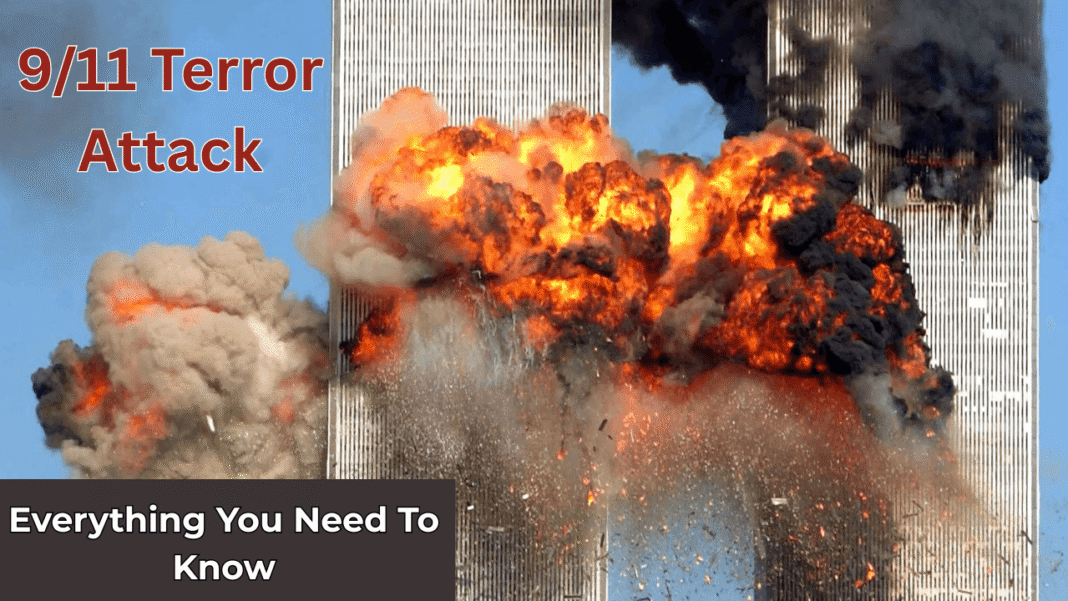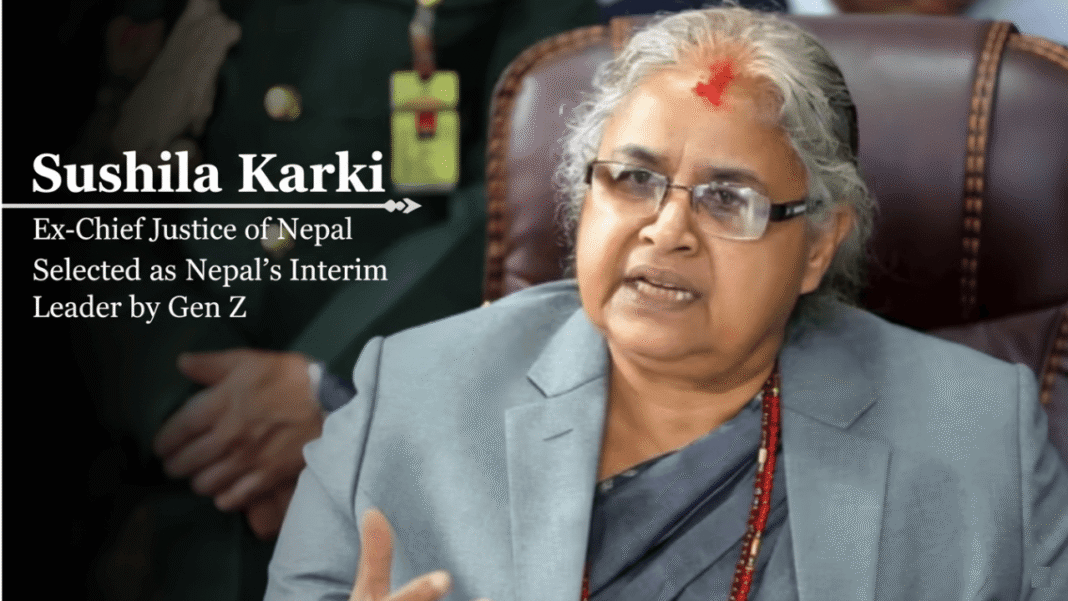September 11, 2001—just saying those words sends a chill down your spine. It was the deadliest terror attack on American soil, a day that left scars deeper than concrete and steel. Nearly 3,000 lives were lost when hijacked passenger planes became weapons of war. While the world remembers the collapsing Twin Towers, the smoke rising from the Pentagon, and the wreckage in Pennsylvania, there are layers to this story most people have never heard. Let’s take a closer look at the untold side of 9/11.
A Day That Changed Everything
On that clear Tuesday morning, four passenger jets were hijacked by suicide attackers. Two slammed into New York’s World Trade Center towers, and within two hours, both 110-story skyscrapers had crumbled into clouds of dust. The third plane tore into the Pentagon, striking at the heart of America’s military headquarters. The fourth, United Flight 93, never reached its intended target thanks to brave passengers who fought back.
Among the nearly 3,000 victims were not only Americans but citizens from over 90 countries. Firefighters, police officers, and military personnel—hundreds of them—lost their lives trying to save others.
America Grounded: The Day the Skies Went Silent
Here’s something most people don’t know. For the first time in U.S. history, every civilian aircraft was ordered out of the sky. Imagine that. More than 4,500 planes were told to land immediately. Airports were shut down. Takeoffs? Canceled. The Federal Aviation Administration (FAA) had made a decision never seen before—emptying America’s skies. For days, the nation sat in silence, with no planes flying overhead.
The Courage of Flight 93
One of the most haunting yet inspiring stories of 9/11 belongs to United Flight 93. Bound for California, it was hijacked just 40 minutes after leaving Newark. A delayed takeoff turned out to be fate’s twist—passengers had time to learn about the other attacks through phone calls.
Thomas Burnett Jr. called his wife and said, “I know we’re all going to die. There’s three of us who are going to do something about it. I love you, honey.”
Todd Beamer famously rallied others with the words, “Are you guys ready? Let’s roll.”
And flight attendant Sandy Bradshaw, her last call to her husband was filled with resolve: “Everyone’s running to first class. I’ve got to go. Bye.”
Passengers armed themselves with what they could find—boiling water, a fire extinguisher—and tried to storm the cockpit. Realizing they were about to lose control, the hijackers crashed the plane into a field near Shanksville, Pennsylvania. Forty-four souls were lost, but countless more lives were saved that day.
History Repeated: A Target Once Before
Here’s a chilling reminder—9/11 wasn’t the first attempt to destroy the World Trade Center. Back in February 1993, a truck bomb exploded in the parking garage of the North Tower. Six people were killed, and more than a thousand were injured. The intention then was the same: bring down the towers. That attack failed, but it foreshadowed the devastation that would come eight years later.
Life Inside the Towers
On a normal weekday, the Twin Towers were bustling. About 50,000 people worked there, and another 40,000 came and went daily. If the planes had struck later in the morning, the loss of life could have been far greater. Still, amidst the horror, miracles happened. Against all odds, 18 people were rescued alive from the rubble.
The Herculean Recovery Effort
Ground Zero became more than a site of tragedy—it was a battleground for survival and recovery. For nine long months, rescue workers, firefighters, volunteers, and construction crews labored day and night. They pulled 1.8 million tons of debris from the site. Many of them risked their health in conditions filled with toxic dust, sharp metals, and lingering fires.
Invisible Wounds: Health and Trauma
The tragedy didn’t end when the towers fell. First responders and survivors carried invisible wounds. Many developed severe respiratory illnesses like asthma and lung inflammation due to breathing in that toxic cloud. Others have lived with the heavy weight of PTSD.
In 2019, the U.S. Senate finally passed legislation to permanently fund the 9/11 Victim Compensation Fund. That decision meant no survivor or first responder would ever again need to fight Congress for the help they deserve.
A Global Shockwave
Though the attacks were carried out on American soil, their impact spread across the globe. Borders tightened, intelligence-sharing became stronger, and travel changed forever. The event triggered the so-called “War on Terror,” reshaping international diplomacy and global security strategies.
For many around the world, the images of collapsing towers and fiery explosions are seared into memory. But beyond the headlines and beyond the unforgettable visuals, the stories of courage, heartbreak, and resilience paint the full picture of September 11.
Why These Stories Matter
Every year, on September 11, we stop to remember. Not just the destruction, but the people. The firefighters who climbed stairs when everyone else was running down. The office workers who helped strangers. The passengers who stormed a cockpit knowing they wouldn’t survive.
It’s been over two decades, but the lessons remain. 9/11 wasn’t just a national tragedy—it was a human one. And as much as we mourn, we also honor the bravery that emerged from the darkest day in modern history.



